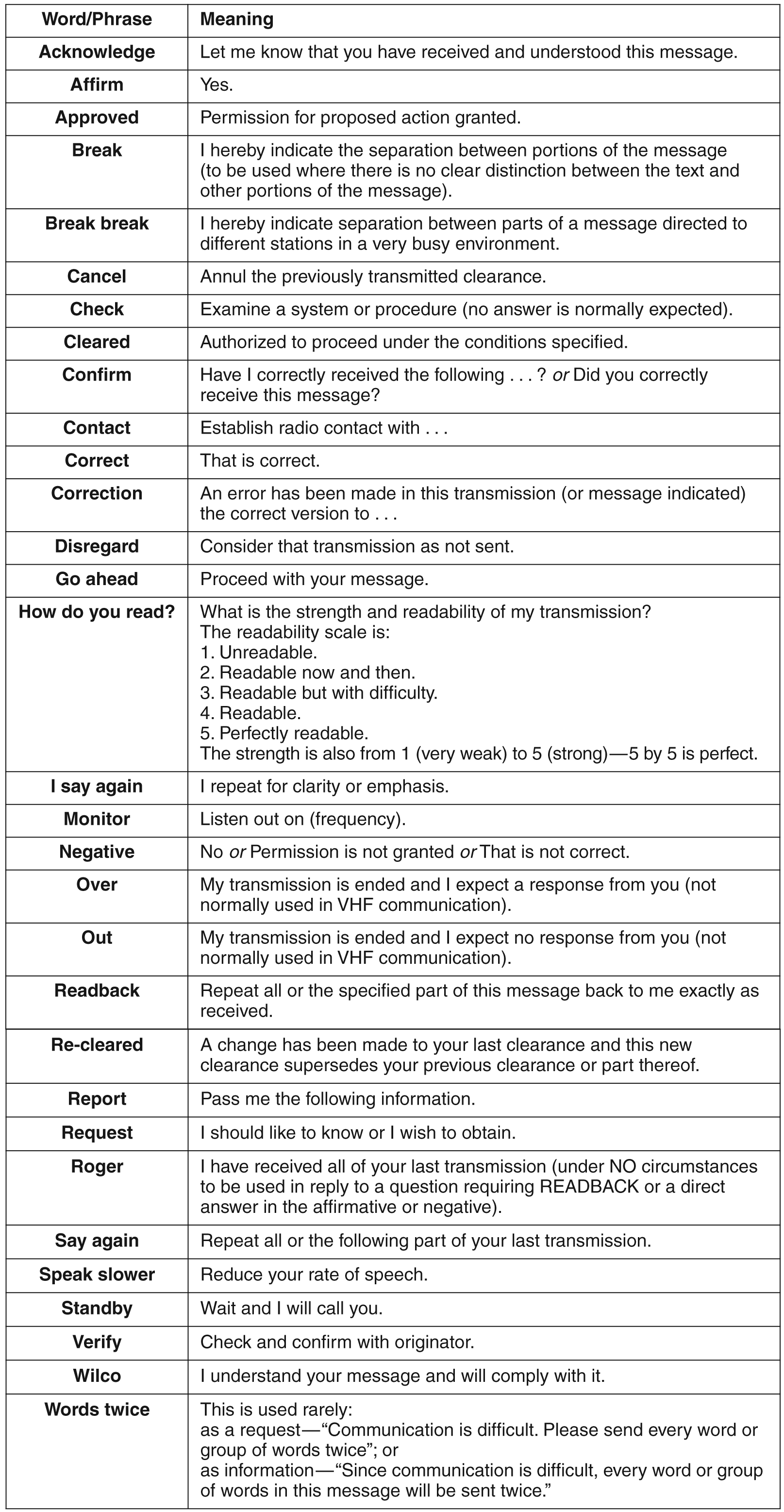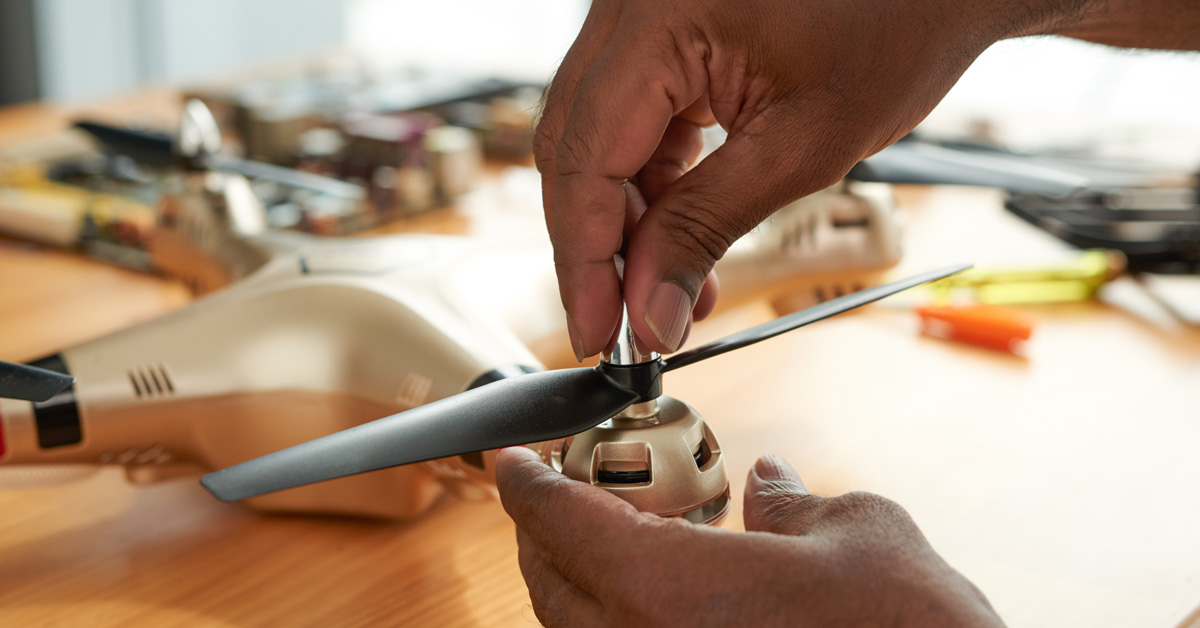According to FAA research and safety reports there are three distinct types of communication errors:
An absence of a pilot readback. The pilot merely acknowledges the clearance that he/she in actuality misunderstood.
A Readback/hearback error. When a pilot reads back a clearance incorrectly and the controller fails to catch the error.
Hearback Type II Errors. This is when the pilot correctly reads back a clearance but the controller fails to notice that the clearance issued was not the intended one.
I point these errors out to show that effective communication relies heavily upon two people. If you plan on becoming an instructor, one day you will learn that the process of communication is composed of three elements: source, symbols, and receiver. Think of the source as the person (pilot or controller) transmitting the information and the receiver (pilot or controller) as just that the person listening and receiving that information. Symbols are those words or even signs used to transmit the information between the two. When a symbol is misunderstood confusion can occur.
In Monday’s post we learned that there is established phraseology and accepted techniques to be used while communicating on the radio. This is in place to alleviate the confusion that can occur between the pilot and controller through the process of transmitting symbols.
These question below you may likely encounter on the FAA Private Pilot Knowledge Exam and will test your knowledge on correct phraseology and technique used on the radios.
1. The correct method of stating 10,500 feet MSL to ATC is
A—’TEN THOUSAND, FIVE HUNDRED FEET.’
B—’TEN POINT FIVE.’
C—’ONE ZERO THOUSAND, FIVE HUNDRED.’
2. The correct method of stating 4,500 feet MSL to ATC is
A—’FOUR THOUSAND FIVE HUNDRED.’
B—’FOUR POINT FIVE.’
C—’FORTY-FIVE HUNDRED FEET MSL.’
3. If instructed by ground control to taxi to Runway 9, the pilot may proceed
A—via taxiways and across runways to, but not onto, Runway 9.
B—to the next intersecting runway where further clearance is required.
C—via taxiways and across runways to Runway 9, where an immediate takeoff may be made.
4. When flying HAWK N666CB, the proper phraseology for initial contact with McAlester AFSS is
A—’MC ALESTER RADIO, HAWK SIX SIX SIX CHARLIE BRAVO, RECEIVING ARDMORE VORTAC, OVER.’
B—’MC ALESTER STATION, HAWK SIX SIX SIX CEE BEE, RECEIVING ARDMORE VORTAC, OVER.’
C—’MC ALESTER FLIGHT SERVICE STATION, HAWK NOVEMBER SIX CHARLIE BRAVO, RECEIVING ARDMORE VORTAC, OVER.’





